TV Station NHK
 The Mark of Beauty | Hasami Ware
The Mark of Beauty | Hasami Ware
DC331317![]()
美の壺 | 波佐見焼 [NHK]
![]()
![]()
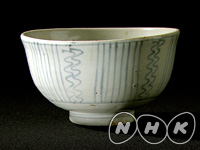

|Length : 29min. |Year : 2013 |
The Hasami ware, baked over a period of 400 years, in Hasami Town, Nagasaki, has a deep, hidden history. We examine a piece acclaimed by connoisseurs as the ultimate example of wabi-sabi, or "simple elegance"; an exotic bottle loved by the great writer Leo Tolstoy; and many more. Join us as we delve into the deep world of beauty that lies in the Hasami, which has travelled back and forth between practicality and beauty over its long history.
 The Mark of Beauty | Sashimi
The Mark of Beauty | Sashimi
DC331216![]()
美の壺 | 刺身 [NHK]
![]()
![]()
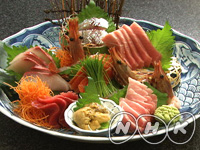
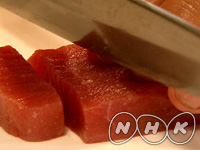
|Length : 29min. |Year : 2012 |
One of the dishes that the Japanese are most acquainted with is the sashimi. To say that sashimi is "just cutting raw fish" would be ignorant. Since its birth in the Heian Period roughly 1,000 years ago, it has been passed down through generations of chefs, with the technique being refined to an art form. We will take a look at the superb knife skills of a master and the secret to plate selection in creating awe-inspiring presentation. We will also take a look at sashimi specific to different regions in order to fully understand and appreciate its simplistic beauty.
 The Mark of Beauty | The Bento
The Mark of Beauty | The Bento
DC331215![]()
美の壺 | 弁当 [NHK]
![]()
![]()
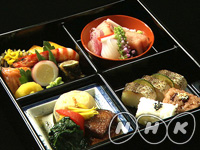
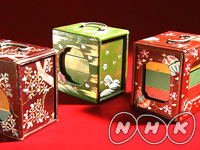
|Length : 29min. |Year : 2012 |
The gentle autumn season is perfect for picnics and excursions, and what better way to compliment the splendor of the season than a nice boxed bento meal? The wide array of colorful side dishes carefully arranged in the small box is a beauty unique to Japan. We will get a close look at the presentation techniques of Kyoto's made-to-order "Shidashi Bento", the origins of the "Shokado Bento" which are rooted in the Japanese tea ceremony, and a behind the scenes look at the preparation of the "Makunouchi Bento" which have been enjoyed at Japanese Kabuki plays for decades. Loaded with bento fun-facts and imagery that are sure to whet your appetite, we will try to get a better understanding of the Japanese aesthetics that are packed into the bento box.
 The Mark of Beauty | Nebuta of Aomori
The Mark of Beauty | Nebuta of Aomori
DC331214![]()
美の壺 | 青森のねぶた [NHK]
![]()
![]()
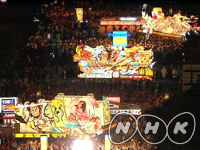
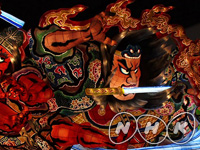
|Length : 29min. |Year : 2012 |
The Nebuta Festival colors the streets of summer in the northeastern Tohoku region of Japan. What draws the attention of all is the brilliant and enormous "Nebuta" with its fierce warrior face, giving it a lively, forceful presence. This power is the secret behind the fascination of Nebuta. Its origins trace back over 300 years, when it started out as a custom to exorcise bad luck by setting a small lantern adrift on a river or ocean. Taking in influences from other parts of the country during a time of land development in the Edo Period (1603-1868), the Nebuta grew to be dazzling and gigantic. We will enjoy three marks of beauty the Nebuta Festival has to offer: three dimensional shaping, black sumi ink, and red of passion.
 The Mark of Beauty | Okinawan Houses
The Mark of Beauty | Okinawan Houses
DC331213![]()
美の壺 | 沖縄の民家 [NHK]
![]()
![]()
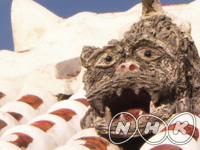
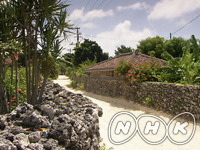
|Length : 29min. |Year : 2012 |
Okinawa. A tropical land abounding with colors and nature. The characteristic scenery comprised of red roof tiles and coral walls of the Okinawan houses is a beauty unique to the land, which never ceases to attract travelers. This breathtaking view was born out of Okinawa's own history which prospered in its location between Japan and China, and its struggle against the harsh climate of heat and typhoons. We will take a detailed look at the red tiled-roofs, eaves, and walls to get a better understanding of the Okinawan aesthetics.














